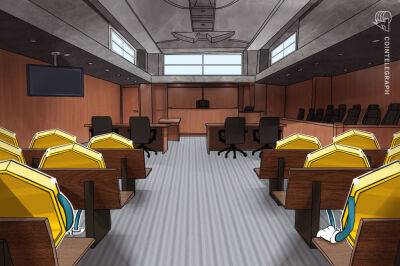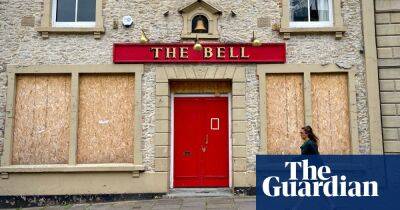‘The council tenants weren’t going to be allowed back’: how Britain’s ‘ugliest building’ was gentrified
A dizzying dining deck crowns the summit of the newly renovated Balfron Tower in Poplar, east London, perched like a crow’s nest on top of the brutalist concrete lift shaft. Floating almost 30 storeys up in the air, with spectacular views across the city, it marks the apex of a new dedicated tower of leisure facilities.
Inside what was once the building’s service core and boiler house, connected to the flats by glazed bridges, there is now a cinema, library, gym, yoga space and music room, as well as a whole floor dedicated to table tennis. It sounds like the kind of lively, communal vision for high-rise living that Hungarian-born architect Ernő Goldfinger imagined when he first designed the building in 1963, as part of the wider Brownfield estate of council homes on this slum clearance site.
“The success of any scheme depends on the human factor,” he said, “the relationship of people to each other and the frame of their daily life which the building provides.” As a committed Marxist, he intended his great concrete castle to provide exactly that kind of social frame for everyone, from all walks of life. He included rooms for table tennis and billiards, a “jazz/pop room” as well as a hobby room designed with older residents in mind.
As far as possible, families were rehoused in the tower street by street, in an attempt to retain the neighbourly bonds along the new “streets in the sky”, designed like “East End pavements,” Goldfinger said, “on which the normal life of the neighbourhood continues”. Almost 60 years later, Balfron’s streets have been scrubbed up and the residents’ facilities turbo-charged, but the kind of community that Goldfinger imagined has long since been evicted.
Read more on theguardian.com




















